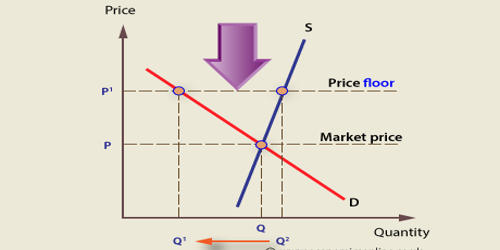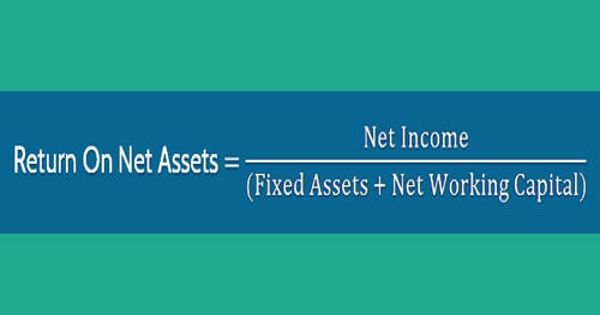Affordable housing refers to housing units that are affordable to people whose income is less than the median household income. It is housing that is deemed affordable to those with household incomes at or below the median as determined by a nationally recognized housing affordability index or a local government. It enables housing finance companies/banks/financial institutions to make long-term loans to people in the economically disadvantaged section—low and middle-income groups in the outskirts of urban and semi-urban areas.
Though different countries define affordable housing differently, the basic concept remains the same: affordable housing should meet the housing needs of low and middle-income households. Affordable housing becomes a critical issue, particularly in developing countries where the majority of the population cannot afford to buy houses at market prices.
Affordable housing has emerged as a critical issue, particularly in developing countries where the “majority of the population is unable to buy houses at high market prices”- or, more aptly, they are referred to as “the missing market.” The majority of affordable housing literature refers to mortgages and a variety of forms that exist along a continuum – from emergency homeless shelters to transitional housing, non-market rental (also known as social or subsidized housing), formal and informal rental, indigenous housing, and finally affordable homeownership. In most developing countries, particularly in South Asia, owning a home is regarded as a luxury that few can afford. Due to their creditworthiness, only the upper-middle-income class of the income rung is eligible to obtain housing finance.
People’s disposable income remains the most important factor in determining affordability. As a result, it is the government’s increased responsibility to meet the rising demand for affordable housing. The Government of India, in collaboration with some developers, has taken a number of steps to meet the increased demand for affordable housing, with a focus on public-private partnerships (PPP) for the development of these units.
A limited housing development is clearly visible in the Asia-Pacific region, where income disparities are widening over time. The National Affordable Housing Summit Group in Australia defined affordable housing as “…reasonably adequate in standard and location for lower or middle-income households and does not cost so much that a household is unlikely to be able to meet other basic needs on a sustainable basis.” In the United Kingdom, affordable housing is defined as “social rented and intermediate housing provided to specified eligible households whose needs are not met by the market.”
Financing models for affordable housing vary depending on factors such as the country’s demography, income distribution, geography, and so on. Housing selection is a result of a highly complex set of economic, social, and psychological impulses. Some households, for example, may choose to spend more on housing because they believe they can afford it, whereas others may not have a choice. However, two models are widely accepted in countries such as India, where affordable housing is experiencing rapid growth in the housing sector.
















